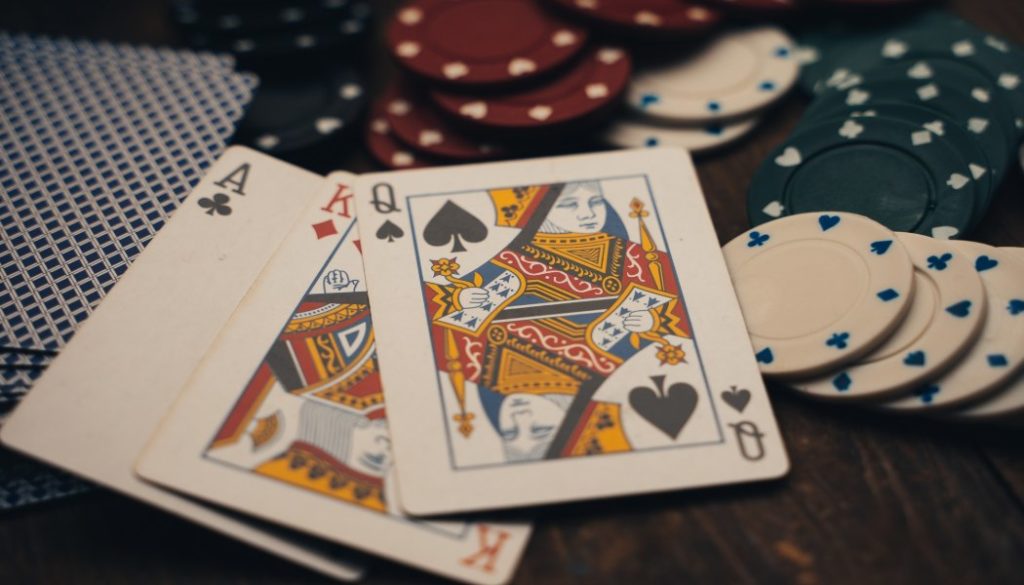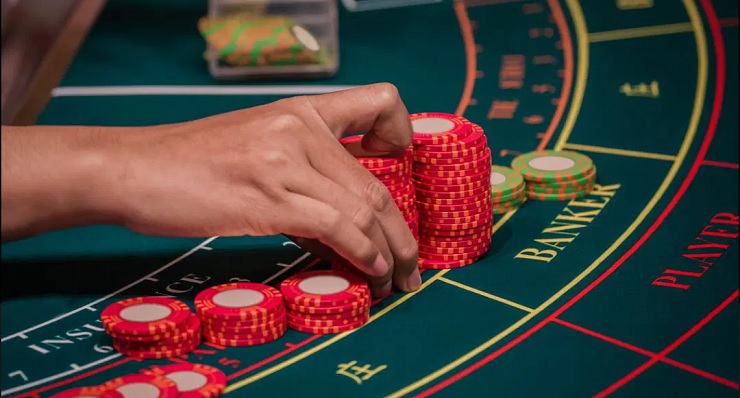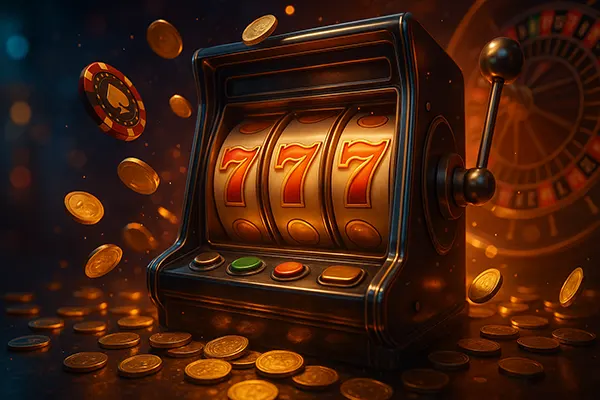Elegance of Baccarat: A Comprehensive Guide to Mastering the Game

Baccarat, a game synonymous with elegance, intrigue, and opulence. Favored by secret agents and royalty alike, its reputation often intimidates newcomers. However, beneath the facade of complexity lies a game of simplicity, ripe for understanding and enjoyment by all. Our guide aims to demystify baccarat, offering insight into its nuances and strategies.
The Foundations of Baccarat
Baccarat’s origins trace back centuries, with variations played across different cultures. The essence of the game remains consistent: players bet on the outcome of two hands – the ‘Player’ and the ‘Banker’. Neither hand pertains to the house or the player specifically. Players can bet on either hand to win, or for a tie.
Card values in baccarat are unique. Cards 2-9 retain their face value, 10s and face cards are worth zero, and aces are valued at one. Totals exceeding nine drop the first digit; thus, a hand totaling 17 becomes 7.
Rules and Gameplay
Players place their bets before the dealer distributes two cards each to the Player and Banker hands. In certain circumstances, a third card may be dealt to either or both hands, based on specific rules. The goal is for a hand’s total value to approach nine as closely as possible.
While players don’t need to memorize third card rules, understanding them can enhance the experience and strategy. In essence, the Player’s hand acts first, and based on its total, it may receive a third card. The Banker’s decision then depends on its total and the Player’s third card, if drawn.
Strategies and Tips
House Edge and Bets
The key to baccarat is recognizing the house edge on different bets. The Banker bet typically has the lowest house edge, making it the most favorable wager. The Player bet isn’t far behind in terms of odds. However, the Tie bet, although tempting with its high payout, has a significantly higher house edge, making it a riskier choice.
Betting Systems
Many players employ betting systems like the Martingale or Paroli to manage their bankrolls. While no system guarantees success, they can introduce discipline and structure to one’s gameplay. Remember, baccarat is a game of chance; strategies should serve to enhance enjoyment, not ensure consistent profit.
Bankroll Management
Setting a budget and adhering to it is paramount. Avoid chasing losses and know when to step away. Baccarat sessions can be short and volatile; hence, maintaining a clear head and a firm grasp on one’s bankroll is essential for a positive experience.

Etiquette and Play
Part of baccarat’s allure is its ceremonial nature, especially in ‘big table’ versions. Players are often allowed to touch cards, and there’s a specific way to bend and peak. While these customs might not impact online play, understanding baccarat etiquette can enhance the experience in physical casinos and garner respect from fellow players and dealers.
Always be courteous, avoid giving unsolicited advice, and tip your dealer when leaving, especially after a good session. These gestures go a long way in ensuring a favorable gaming atmosphere.
The Allure of Baccarat
More than just a game, baccarat is a celebration of chance, strategy, and social interaction. Its elegant nature, combined with its straightforward rules, makes it a staple in casinos worldwide. Whether you’re playing in the glitzy casinos of Macau, the traditional halls of Monte Carlo, or from the comfort of home, baccarat offers an unmatched gaming experience.
So, as you venture into the world of baccarat, remember to play responsibly, respect the game’s traditions, and, most importantly, savor each moment at the table. After all, it’s not just about winning, but also about enjoying the journey.



